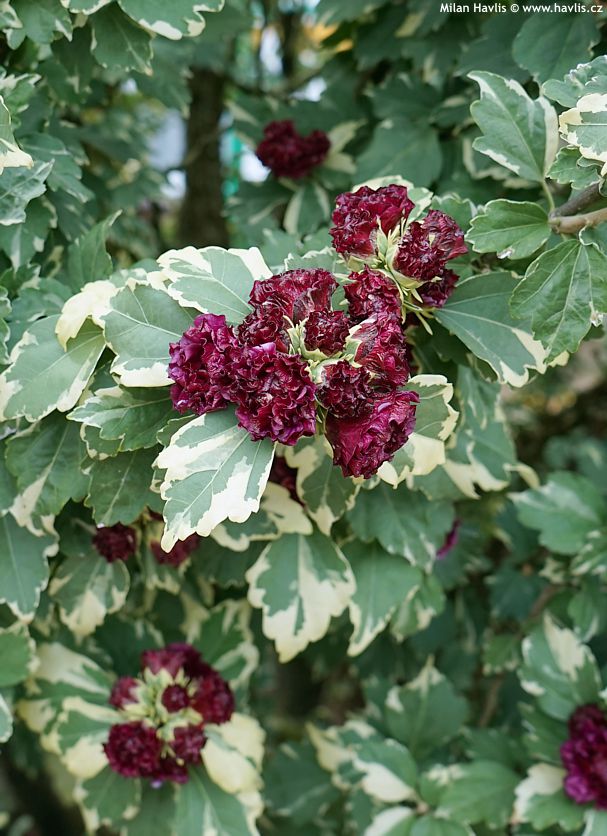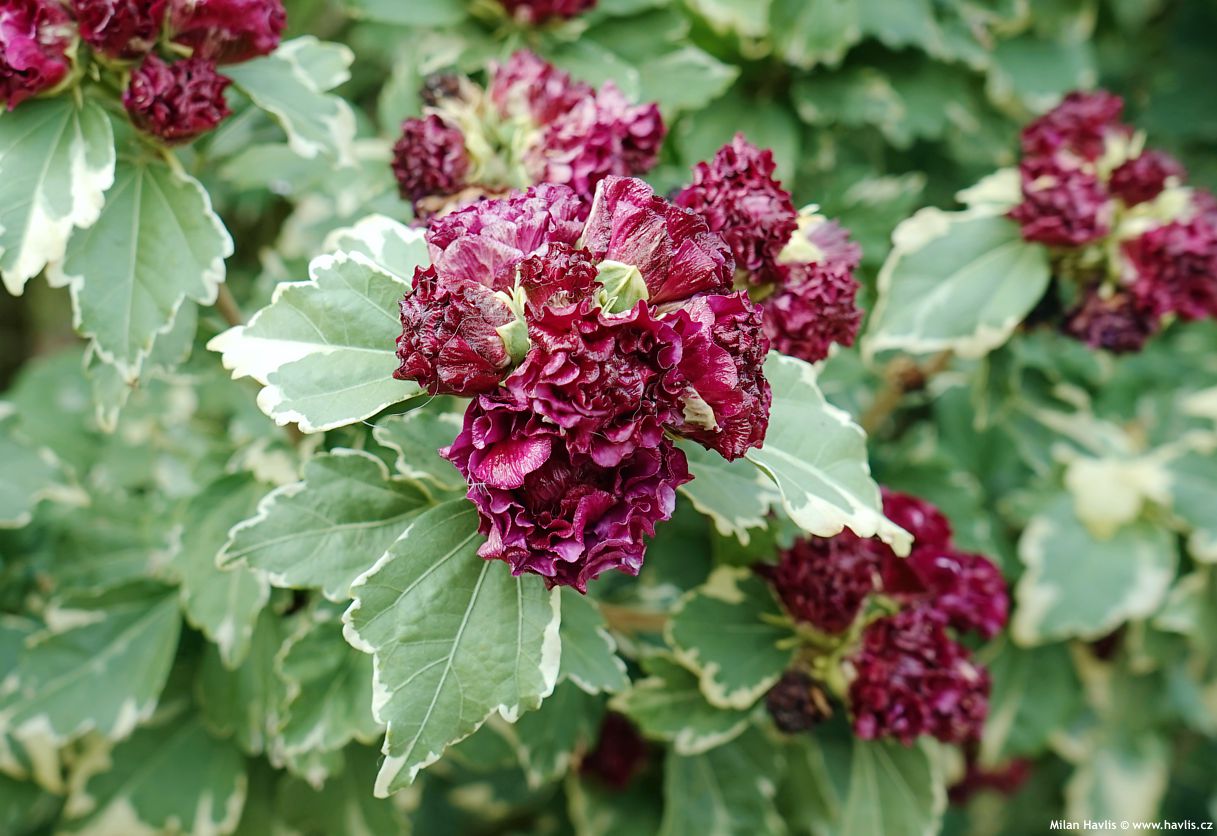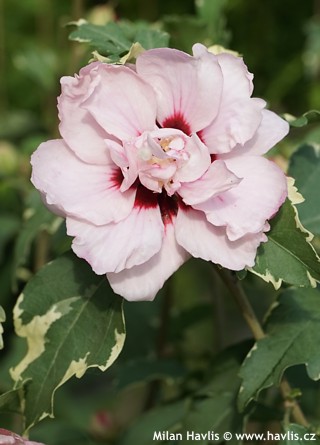Hibiscus syriacus 'PURPUREUS VARIEGATUS' Rose-of-Sharon
Hibiscus
Hibiscus syriacus is a deciduous shrub from the mallow family (Malvaceae), native to East Asia – especially China, Korea, and India – and one of roughly 300 species in the genus Hibiscus. It reached Europe as early as the late 16th century, with the first recorded cultivation dating back to 1596. The species was scientifically described by Carl Linnaeus in 1753 in his work Species Plantarum. The specific epithet syriacus refers to the fact that the first specimens he studied came from gardens in Syria, although the species does not grow wild there. Interestingly, in South Korea it has become the national flower and a symbol of perseverance, even appearing in the national anthem. I still reckon that it deserves much more attention than what is actually gets because with its long summer flowering in a range of colours that can brighten any garden, I consider it an essential part of a blooming summer garden.
Its common English name says Rose of Sharon, a poetic name borrowed from the biblical Song of Songs (2:1), where the speaker declares: “I am the rose of Sharon, and the lily of the valleys.” The original Hebrew term referred to a flower growing in the fertile Sharon plain in what is now Israel, but it was almost certainly neither a rose nor a hibiscus. To this day, botanists and historians have not agreed whether it was a lily, narcissus, tulip, or crocus. Yet translations into European languages preserved the name “Rose of Sharon”, and over the centuries it came to be applied to different plants in various parts of the world – for example, in North America to Hibiscus syriacus, and in Britain sometimes even to Hypericum calycinum. This variety of usage is a simple cultural “translation shift”: people attached a familiar, poetically resonant name to plants in their region that resembled the original biblical flower – in appearance, flowering season, or symbolism.
Purpureus Variegatus is a true jewel among Rose-of-Sharon varieties – a plant that can win you over even before it blooms. Its leaves look as if they were painted: the centre glows with fresh pea‑green, while the edges are adorned with rich, irregular variegation in creamy white to the palest buttery yellow. This variegation is reliable, yet the degree and pattern of colouring on each leaf is unique, giving the shrub a lively, ever‑changing look, as if it were constantly playing with the light. And then there are the buds – they simply won’t let you look away. At the start of flowering, they form tight heads of deep purple to burgundy‑wine petals, layered one upon another, and you wait for them to open. They never do – and that’s the trick. They remain as half‑opened maroon heads and, because they never truly fade, the shrub keeps its charm and fresh elegance for an unusually long time.
The story of this variety goes back to Europe in the late 18th and early 19th centuries, when gardeners and breeders were captivated by the latest fashion for variegated plants. Purpureus Variegatus was created through careful selection from imported hibiscus syriacus plants from China and Korea, and it quickly became a rarity among collectors. By around 1830 it appears in the catalogues of French and British nurseries, and soon after in prestigious botanical gardens – at the Muséum national d’Histoire naturelle in Paris, at Kew Gardens in London, and later in Vienna and Prague. In the Habsburg lands, the variety is recorded in the inventories of Viennese and Prague gardens around 1860. Thanks to its resilience and unique appearance, it has remained in cultivation to this day, despite its limited availability in ordinary garden centres and nurseries.
Like all other Rose-of-Sharon hibiscus varieties, this is a deciduous shrub with shallowly lobed, three‑pointed leaves that emerge quite late, so don’t worry unnecessarily that it may have frozen if you still see nothing on the shrub in April. If the leaves start to yellow and drop during the growing season, the plant is either currently overwatered or has not yet had time to establish its roots. It has fleshy roots that cope well with temporary shortages of water.
Regular pruning of hibiscus is not advisable, as the plants naturally form attractive shrubs when grown in sufficiently moist soil. Nevertheless, many growers recommend annual pruning to obtain larger flowers. The drawback is that heavily shortened shrubs bloom later, and some varieties produce rather soft new shoots that may bend. The only pruning I recommend is shortening an already large, mature shrub, always in spring before leaf‑out, and you can cut back by as much as 80%.
As for soil type, hibiscus is fairly undemanding. Only older plants dislike peat when being transplanted. The soil should in any case be reasonably well‑drained, moderately fertile but not over‑fertilized. They love water, so as long as you ensure that newly planted specimens do not become waterlogged, you can place them even where they will have a good chance to drink well during the growing season. For better flower set and size, you can use selective phosphorus‑based fertilizers (to promote flowering), though it is not essential. Plant it in full sun – it requires a hot, sunny position. Fully hardy to at least –29 °C (USDA zone 5), but not suitable for container growing.
Last update 13-08-2011; 09-09-2025









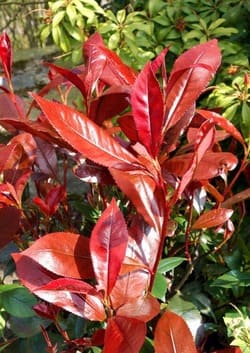
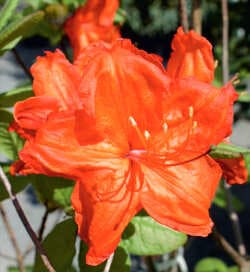

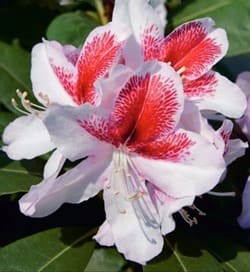


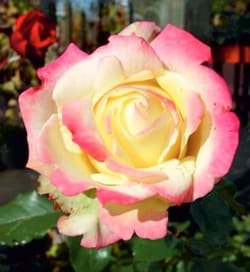
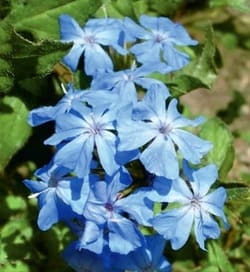
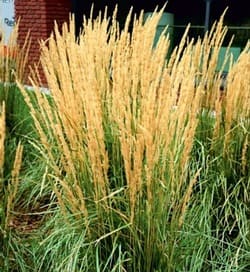
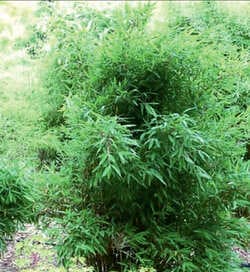

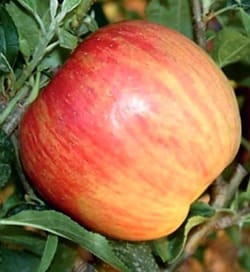
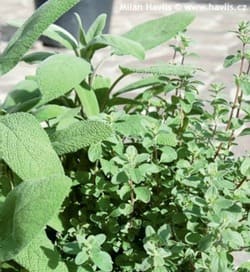
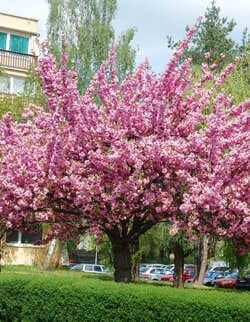
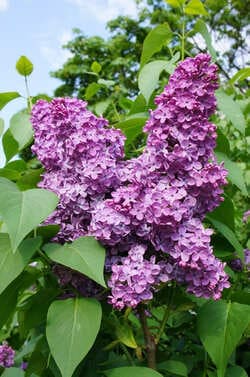
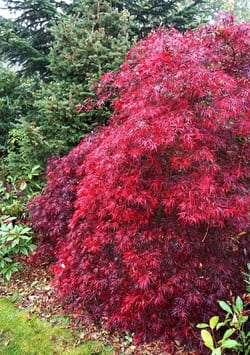
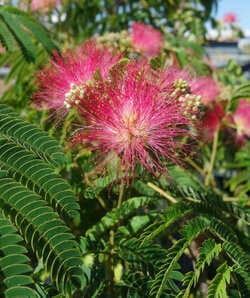
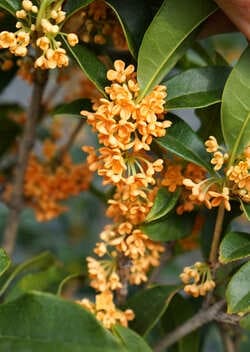



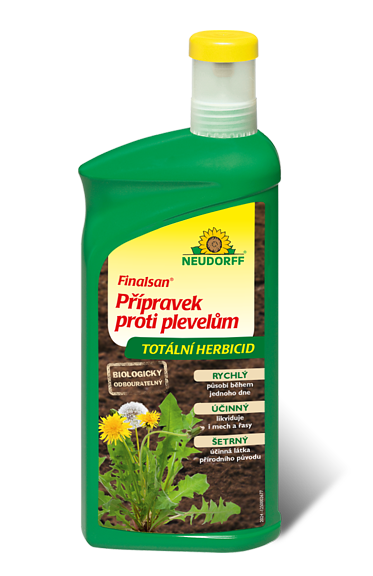


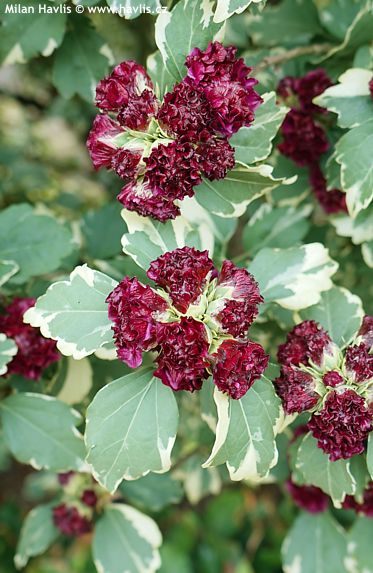
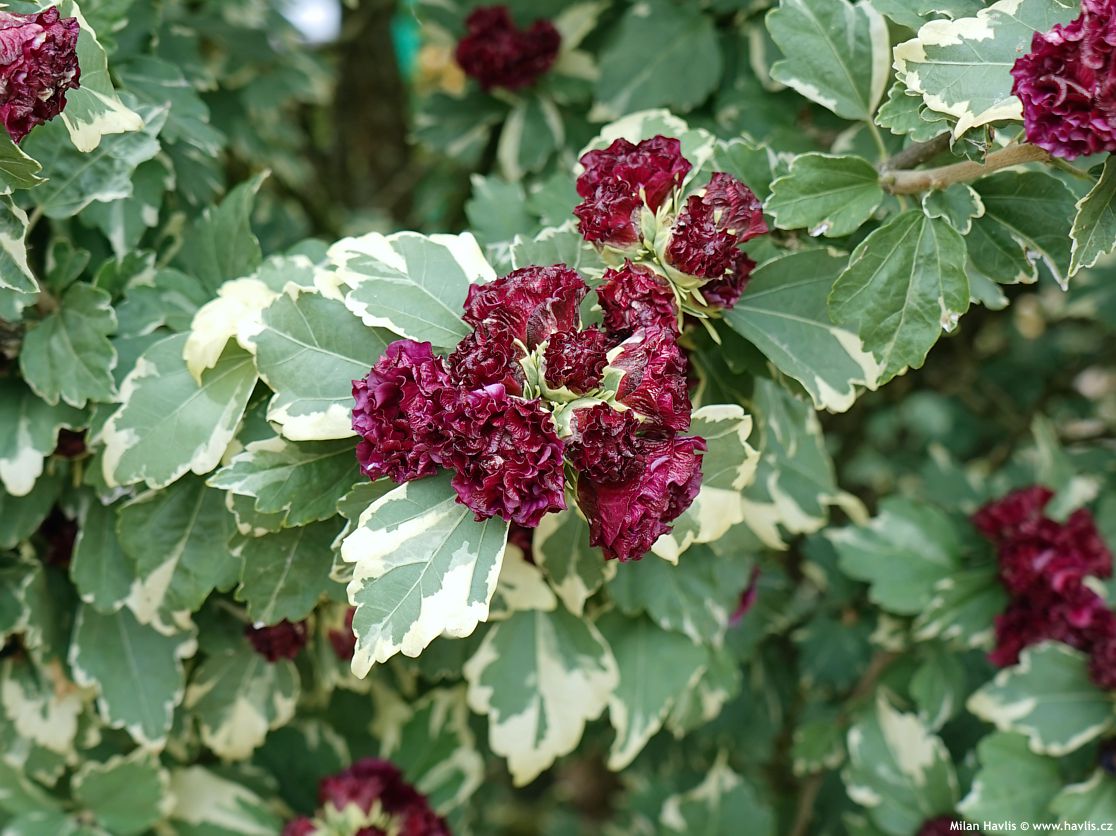

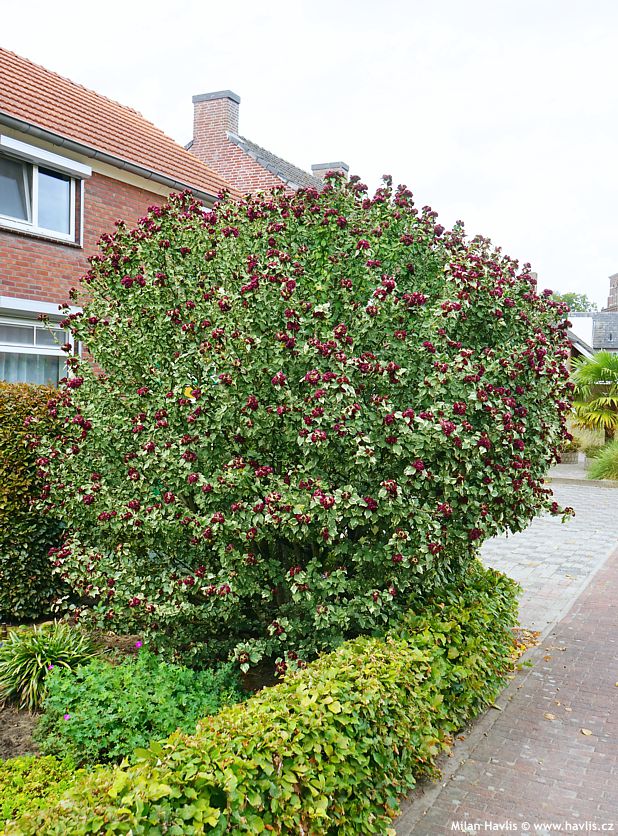
.jpg)
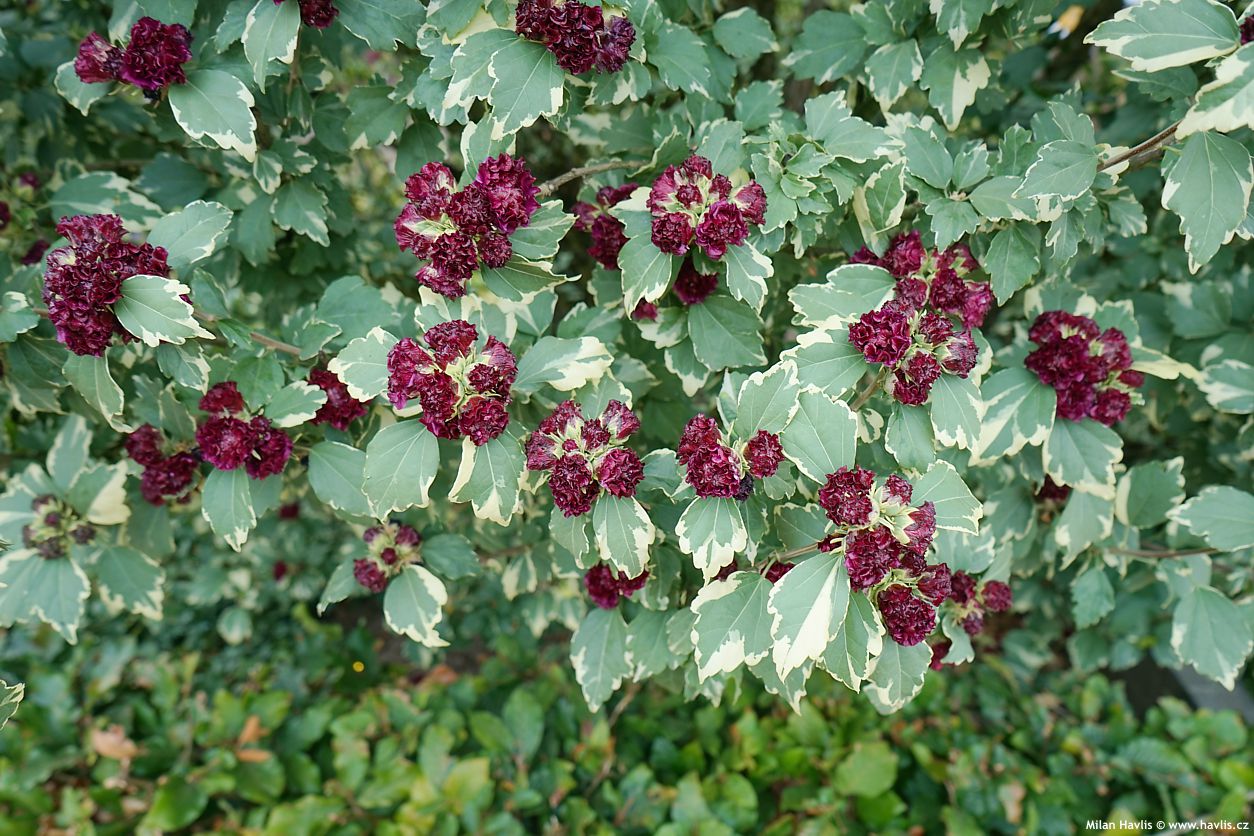
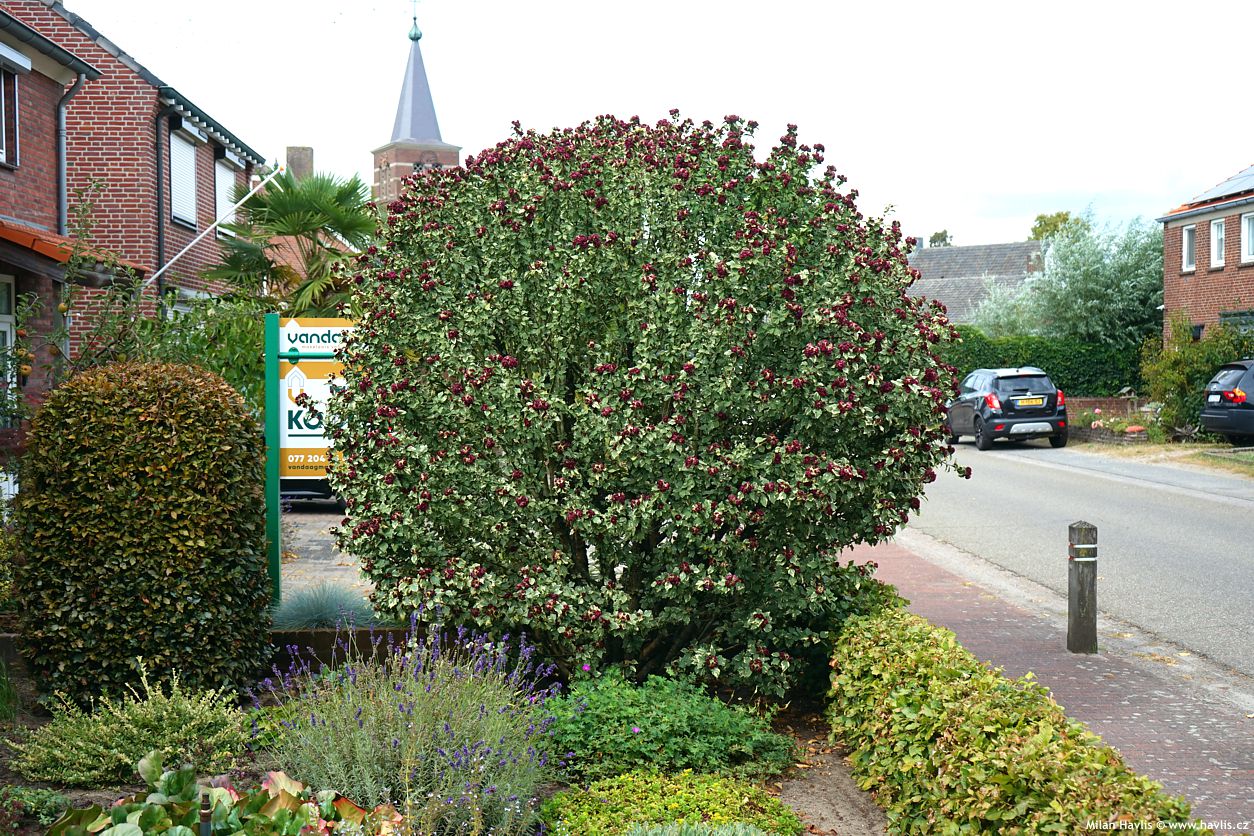
.jpg)
.jpg)
